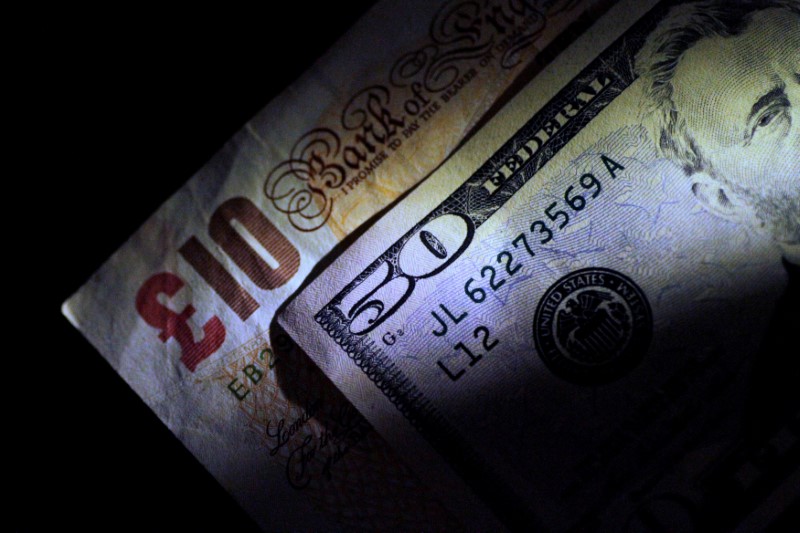Dollar steadies after Fed-inspired losses; sterling weak ahead of BOE


Investing.com – The U.S. dollar edged higher in early European trade Thursday, rebounding after the previous session’s hefty losses following the Federal Reserve opening the door to a September rate cut, while the U.K. pound fell ahead of the Bank of England’s latest policy-setting meeting.
At 05:45 ET (09:45 GMT), the Dollar Index, which tracks the greenback against a basket of six other currencies, traded 0.3% higher to 104.154, after dropping 0.4% on Wednesday.
The index fell 1.7% in July, its weakest monthly performance this year.
Dollar trims Fed related losses
The maintained interest rates at their current levels at the conclusion of its two-day policy-setting meeting Wednesday, as widely expected, but also indicated that an easing of monetary policy was nearing.
Fed Chair noted that while inflation is running “somewhat” above target, the upside risks have diminished, and downside risks to the labor market are building.
Powell’s comments “suggest the bar is not very high” for a September cut, according to economists at Goldman Sachs, in a note.
“We continue to expect that the July inflation data will be favorable (we forecast 21bp for core CPI and 19bp for core PCE) and think that even acceptable news would likely clinch a September cut,” Goldman economists added.
The July report is due to be released on Aug. 14.
There’s a lot of economic data due for release Thursday, including weekly data, for June and data for July, but the main focus now is on Friday’s widely-watched monthly report.
This is expected to show that the U.S. economy created 177,000 jobs in July, moderating from 206,000 in the prior month. The , which has ticked higher in each of the past three months, is expected to hold steady at 4.1%.
Sterling slumps ahead of BOE meeting
In Europe, slumped 0.7% to 1.2767, with sterling retreating sharply ahead of the meeting, due later in the session.
There is a great deal of uncertainty surrounding this decision as key central bank officials have not spoken publicly for over two months given the proximity of the U.K. general election in July.
U.K. returned to the BOE’s 2% target in May and stayed there in June, suggesting a cut later Thursday is a distinct possibility.
In June, the MPC voted 7-2 to keep rates on hold, but minutes of the meeting recorded that several of those who voted to hold had been close to voting for a cut.
fell 0.4% to 1.0783, after data showed eurozone manufacturing activity remained mired in contraction in July, suggesting the European Central Bank will have to cut interest rates again this year to boost a slowing economy.
HCOB’s final , compiled by S&P Global, held at June’s 45.8 in July, just ahead of a 45.6 preliminary estimate.
It has been below the 50 mark separating growth from contraction for over two years.
Yen soared in July
In Asia, fell 0.2% to 149.66, with the yen strengthening in the wake of the Bank of Japan raising interest rates to levels not seen in 15 years as well as the Fed putting rate cuts on the table as US inflation cools.
The yen surged 7% in July, its strongest monthly performance since November 2022, after starting the month rooted near 38 year lows in large part due to bouts of interventions by Japanese authorities that totalled $36.8 billion.
rose 0.3% to 7.2432, after data showed an unexpected contraction in China’s manufacturing sector, following the release of weak government PMI data earlier in the week.
The readings drummed up concerns over a wider slowdown in China’s biggest economic engines, and further soured sentiment towards the country. They also sparked more calls for stimulus measures from Beijing.





